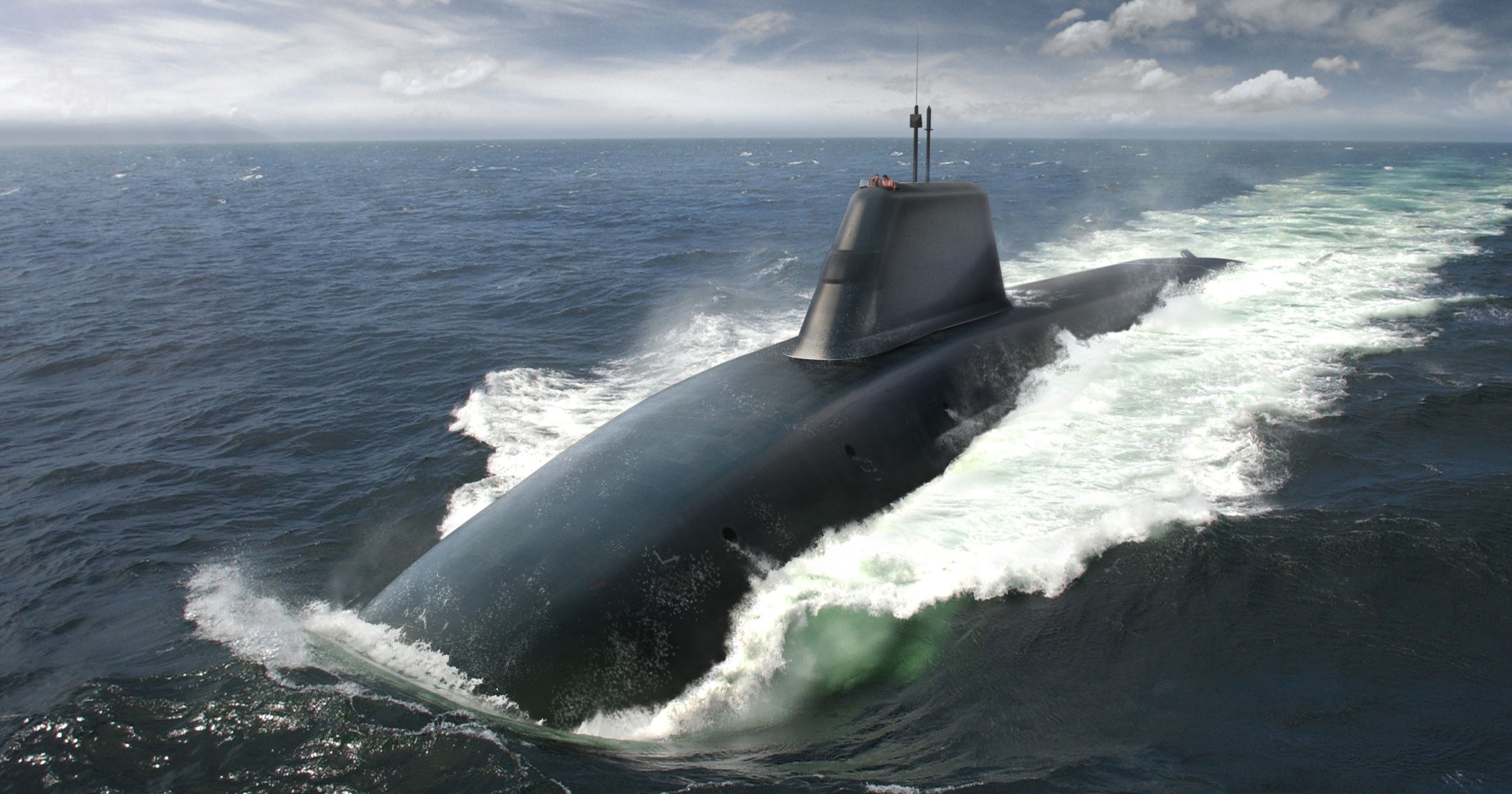The Atomic Lady
In
Login if you are already registered
(no votes) |
(0 votes) |
Research Fellow at the Primakov Institute of World Economy and International Relations under the Russian Academy of Sciences, RIAC expert
The new Prime Minister of the United Kingdom Theresa May passed her first test in parliament with flying colours. The topic of her first speech in Parliament on July 18, 2016 was anything but routine, approval of the programme to renew the British nuclear deterrent.
At the core of the programme to renew the Trident nuclear weapons system is the design and construction of four nuclear missile-carrying submarines [1]. Today, the United Kingdom’s nuclear deterrent function is performed by the Vanguard-class submarines, which have been in service since the 1990s. There are also four of these submarines, the minimum number that enables at least one vessel to be on patrol duty at any time. This is the only nuclear weapon type that the United Kingdom has had since tactical air bombs were discarded in 1998.

Photo:
The time has come to think about replacing the submarine-launched ballistic missiles (SLBM): the design and construction of a nuclear submarine is a long process, and a start needs to be made now if the Vanguards that have outlived their service span are to be replaced by the 2030s. In addition to the submarine construction, the programme includes U.S. programme of extending the service life of Trident D5 missiles participation payment (the ballistic missiles on UK submarines were built and are serviced by the United States) until the beginning of the 2040s and the renewal of their weapons units – whose service life expires in the mid-2020s.
Preliminary work on designing the submarine, codenamed Successor, began in 2011 and has now reached the stage where parliament needs to approve the disbursement of serious money so that actual construction of the submarines can begin. The first submarine is expected to be in operation before the end of the 2020s. The cost of the programme is variously estimated at between £15–20 billion (a 2006 assessment of the Ministry of Defence) and £167 billion pounds (assessments of those who oppose the programme, which include the approximate price of maintaining the submarines throughout their lifespan, i.e. until the 2060s). In actual fact, the cost of the nuclear deterrent accounts for just 6–7% of the United Kingdom’s defence budget.
David Cameron had long since planned on making a speech in support of Successor, but he resigned over the results of the Brexit referendum, so it fell to Theresa May to make the case for the country’s nuclear status. The traditional opponents are first and foremost the Scottish National Party and the more radical elements of the Labour party.
British SLBMs are based at Her Majesty’s Naval Base in Clyde, 40 kilometres from Glasgow. The unique natural conditions provide a well-protected and highly navigable body of water, but they are loathed by the Scottish nationalists, who use the submarines as an argument for independence from the United Kingdom. Naturally, if Scotland gains independence, the SLBMs will be shown the door. Expense assessments of redeployment to England were of course made before the Scottish referendum, but it would in any case be costly and painful. Temporary stationing in the United States and France may even be an option. Not surprisingly, after Brexit – and in expectation of a second Scottish referendum – the United Kingdom’s nuclear shield is facing an unprecedented threat. If additional spending on coastal infrastructure is needed and there is resentment in the area where the “new neighbours” may be, the anti-nuclear movement could use it to scrap nuclear weapons.
The anti-nuclear movement in the United Kingdom is very strong and enjoys broad public support. Labour leader Jeremy Corbyn, a veteran of the movement, has repeatedly said that if he became prime minister, he would immediately take measures to make the United Kingdom a non-nuclear state. One of his main proposals is the rather ludicrous idea to write off the missiles and warheads, but continue to operate the submarines (preserving jobs is sacrosanct!). This would make as much sense as removing missiles from Russian Topol weapons systems, installing machine-guns instead and using them for combat patrol duty. On the whole, however, the Labour Party quietly supports the renewal of the nuclear potential and allowed its members to vote as they saw fit on the matter.

Alexander Yermakov: Nuclear Deterrence or Britain and France have Dignity of their Own
The results, as expected, were in favour of the new prime minister. The full-scale funding of Successor was approved by 472 votes to 117. Theresa May scored an admittedly easy, but important victory in her first stand-off with her political opponents and, perhaps even more importantly, proved to be a determined politician – there is no way she can avoid comparisons with the Iron Lady.
In response to the provocative populist question from an anti-nuke campaigner whether she was personally ready to push the nuclear button knowing that it would cause the death of hundreds of thousands of innocent men, women and children, she replied with a firm “Yes”. She added, “And I have to say to the honourable gentleman the whole point of a deterrent is that our enemies need to know that we would be prepared to use it.”
1. In the British tradition, the “Trident weapons system” includes submarines, missiles and nuclear warheads.
(no votes) |
(0 votes) |




